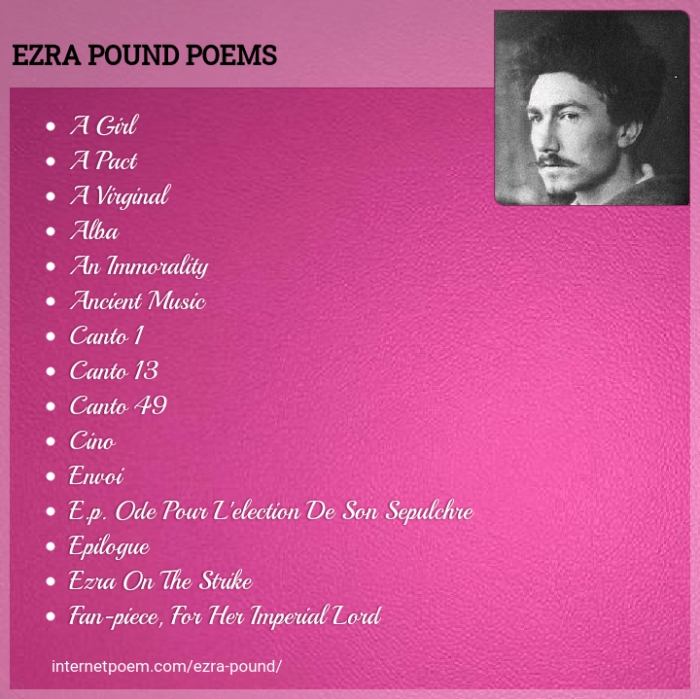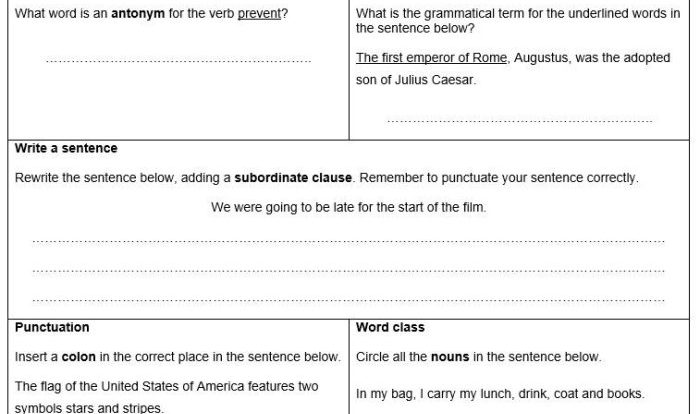A pact Ezra Pound analysis embarks on an enthralling exploration of one of Ezra Pound’s most celebrated works, delving into its rich symbolism, innovative language, and profound themes.
Through the lens of historical context, literary techniques, symbolism, and literary influences, this analysis unravels the intricate tapestry of “A Pact,” illuminating its significance within the broader canon of modern poetry.
Historical Context
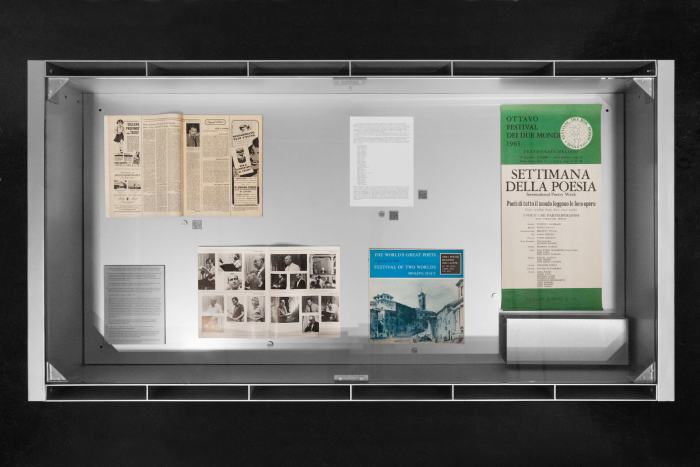
Ezra Pound’s “A Pact” emerged amidst a tumultuous period in history, marked by the rise of fascism and the outbreak of World War II. The poem reflects the political and social unrest of the time, particularly the growing disillusionment with the established order and the search for new ideologies.
Political and Social Climate
The 1930s witnessed the rise of fascist regimes in Europe, including Italy and Germany. These regimes promoted ultranationalism, anti-Semitism, and the suppression of dissent. The threat of fascism loomed large over Europe, casting a shadow of fear and uncertainty.
Concurrently, the Great Depression devastated economies worldwide, leading to widespread unemployment, poverty, and social unrest. The failure of traditional political systems to address these crises fueled a sense of alienation and desperation among many.
Against this backdrop, Ezra Pound sought to articulate the disillusionment and discontent of his time through his poetry. “A Pact” became a testament to the yearning for a new order, a pact that would transcend the failures of the past and usher in a brighter future.
Literary Techniques

Ezra Pound’s “A Pact” is a complex and challenging poem that employs a range of literary techniques to convey its themes. These techniques include the use of imagery, symbolism, experimental language, and a unique structure and form.
Imagery and Symbolism
Pound uses vivid imagery and symbolism to create a rich and evocative world in “A Pact.” The poem is filled with references to nature, such as the “red rose” and the “white rose,” which symbolize love and purity, respectively. Pound also uses animal imagery, such as the “wolf” and the “hawk,” to represent primal instincts and aggression.
Symbolism and Meaning
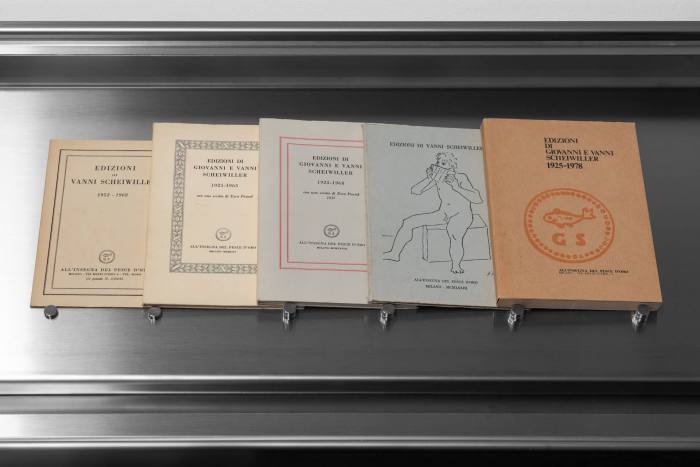
Ezra Pound’s “A Pact” is rich in symbolism, with each element carrying significant meaning that contributes to the poem’s overall themes and message.
While Ezra Pound’s “A Pact” delves into the intricacies of human relationships, understanding the principles of chemical bonding is crucial for grasping AP Chemistry Unit 3. Visit ap chemistry unit 3 notes to explore the concepts of hybridization, molecular geometry, and bonding theories.
This knowledge will enhance your comprehension of Pound’s analysis of the complexities of human connections in “A Pact.”
The Pact
The central symbol in the poem is the pact itself. It represents a bond between two individuals, a promise to remain faithful and true. However, this pact is not one of love but rather of betrayal, as one of the individuals breaks their vow and abandons the other.
The Sea, A pact ezra pound analysis
The sea is another important symbol in the poem. It represents the vastness and unpredictability of life. Just as the sea can be both calm and stormy, so too can human relationships be filled with both joy and sorrow.
The Ship
The ship in the poem represents the journey of life. It is a symbol of hope and possibility, but also of danger and uncertainty. The ship’s voyage mirrors the journey of the two individuals in the pact, as they navigate the challenges and obstacles of their relationship.
Themes of Love, Loss, and Betrayal
The poem explores the themes of love, loss, and betrayal through the symbolism of the pact, the sea, and the ship. The pact represents the hope and promise of love, while the breaking of the pact symbolizes the pain and betrayal that can come with love’s loss.
Literary Influences
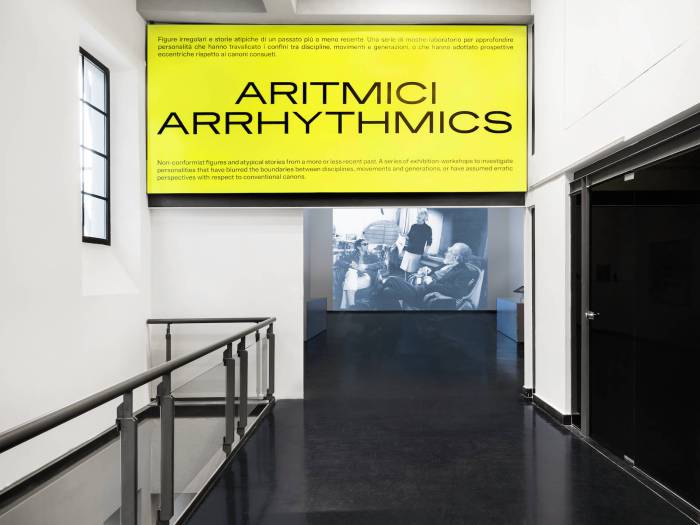
Ezra Pound’s “A Pact” is a testament to his wide-ranging literary influences, reflecting the modernist movement’s emphasis on experimentation and eclecticism.
Classical Literature
Pound’s love of classical literature is evident in his use of Greek mythology and Latin phrases. The poem’s title alludes to the pact between Odysseus and Circe, while the lines “I have not passed the Pillars of Hercules” reference the mythical boundary of the known world.
French Symbolism
The influence of French Symbolists, particularly Arthur Rimbaud and Stéphane Mallarmé, is apparent in Pound’s use of enigmatic imagery and his focus on the suggestive power of language.
Imagism
Pound was a founder of the Imagist movement, which emphasized the use of concrete, precise images. In “A Pact,” this is reflected in the poem’s vivid descriptions of nature and the sensory experiences of the speaker.
T.S. Eliot
Pound’s close friend and fellow modernist, T.S. Eliot, had a significant influence on his poetic style. The influence of Eliot’s “The Waste Land” can be seen in “A Pact”‘s fragmented structure and use of multiple voices.
Evolution of Pound’s Poetic Style
“A Pact” demonstrates the evolution of Pound’s poetic style from his early imagist poems to his more experimental later works. The poem combines the precision of Imagism with the fragmentation and complexity of modernism, showcasing Pound’s mastery of diverse literary influences.
Reception and Legacy
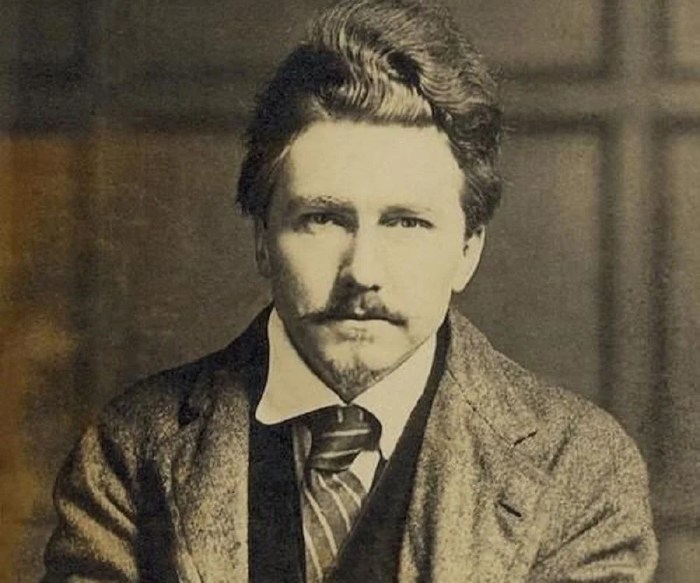
Upon its publication in 1917, “A Pact” garnered a mixed critical reception. Some critics praised Pound’s experimental style and unconventional use of language, while others found the poem obscure and difficult to understand.Despite the initial mixed reviews, “A Pact” has come to be regarded as a seminal work of modern poetry.
Its influence can be seen in the work of subsequent generations of poets, including T.S. Eliot, William Carlos Williams, and Marianne Moore.
Place in the Canon of Modern Poetry
“A Pact” holds a significant place in the broader canon of modern poetry. It is considered one of the earliest examples of imagism, a movement that emphasized the use of precise and concrete language to create vivid and evocative images.The
poem’s experimental style and challenging subject matter have made it a touchstone for discussions of modernism and the nature of poetic language. “A Pact” continues to be studied and analyzed by literary scholars and remains a vital part of the contemporary literary landscape.
Top FAQs: A Pact Ezra Pound Analysis
What is the central theme of “A Pact”?
The poem explores the complexities of love, loss, and betrayal, examining the emotional turmoil and psychological struggles that accompany these experiences.
How does Pound use symbolism in the poem?
Pound employs a rich array of symbols, such as the pact itself, the sea, and the wind, to convey abstract ideas and emotions, enhancing the poem’s depth and resonance.
